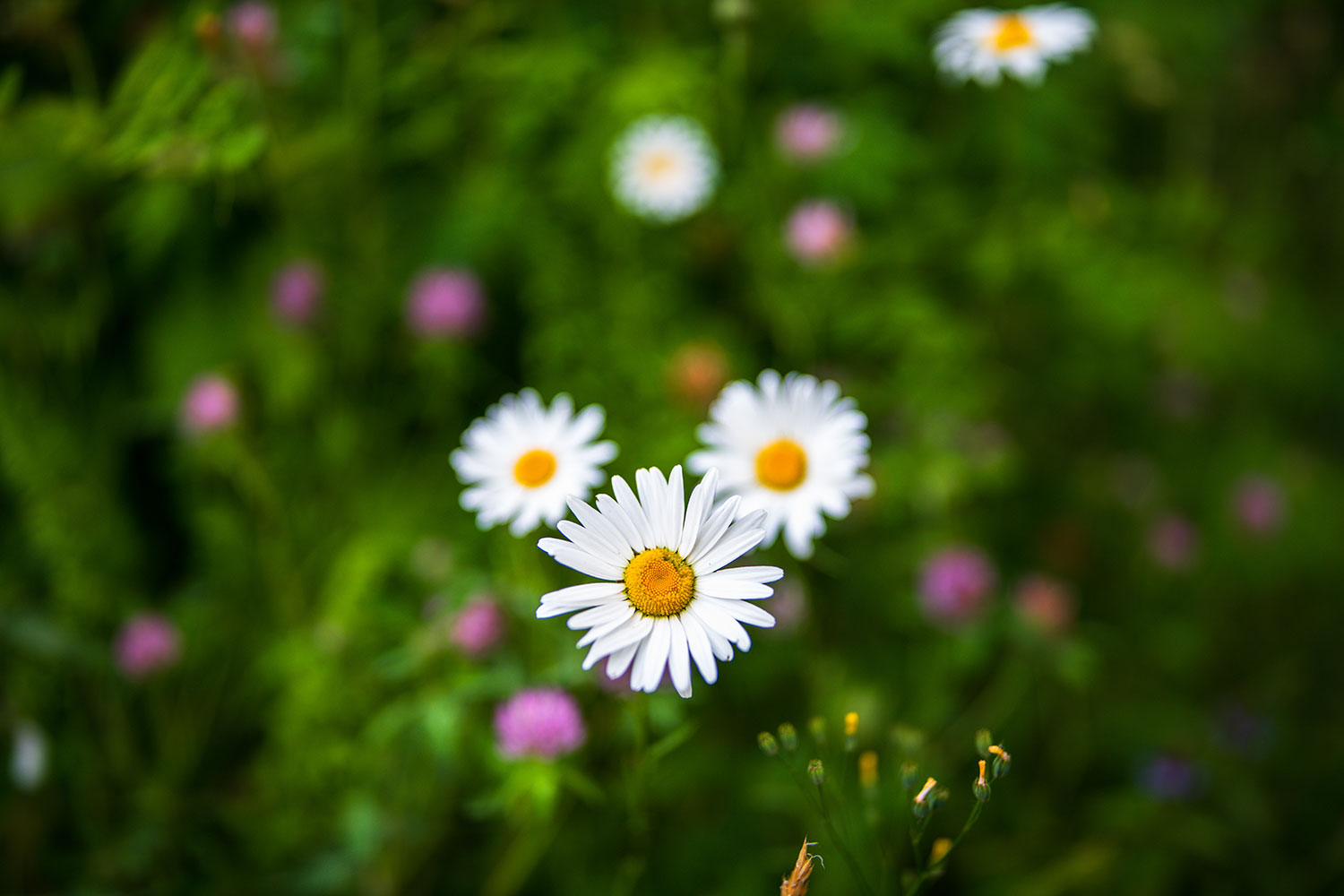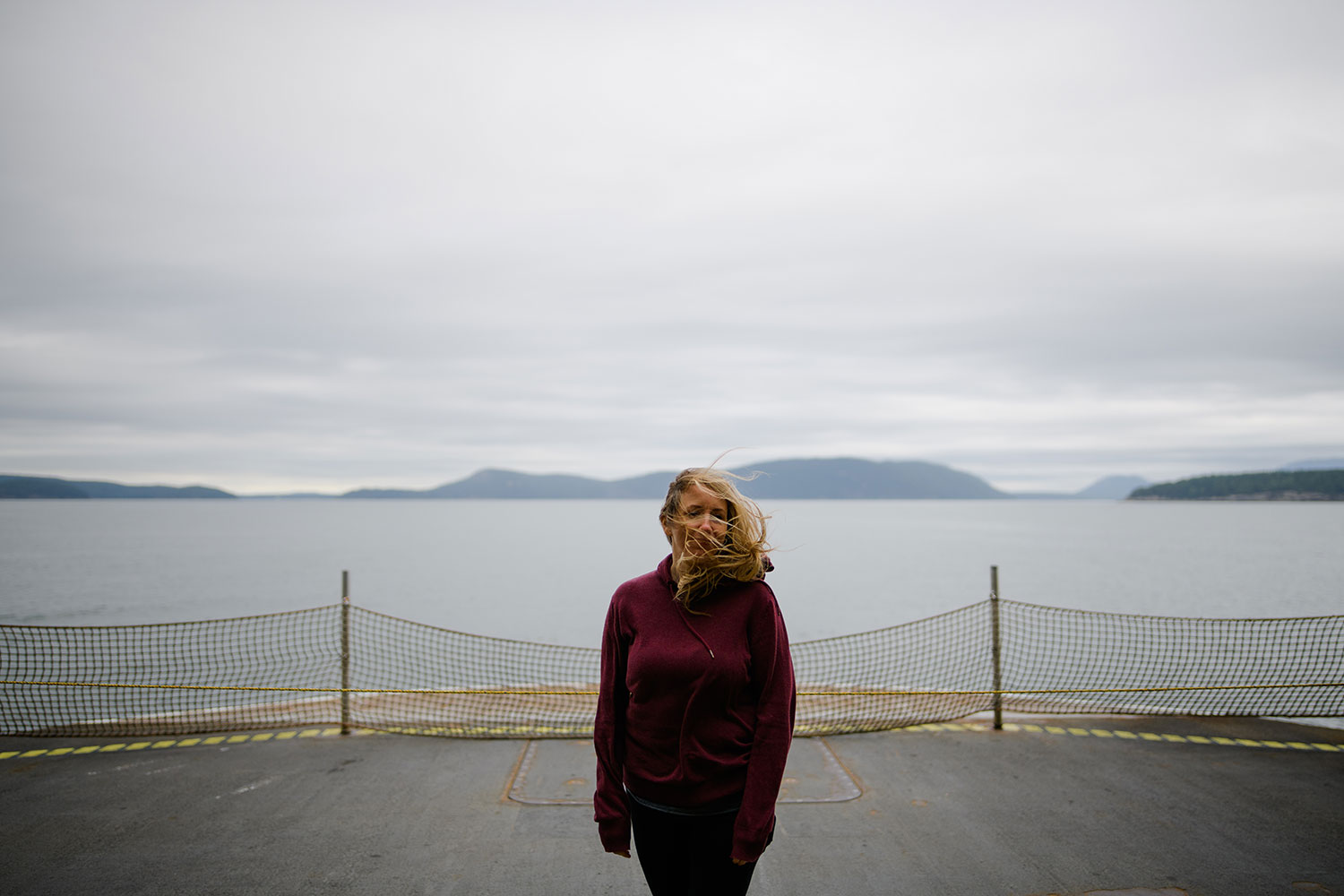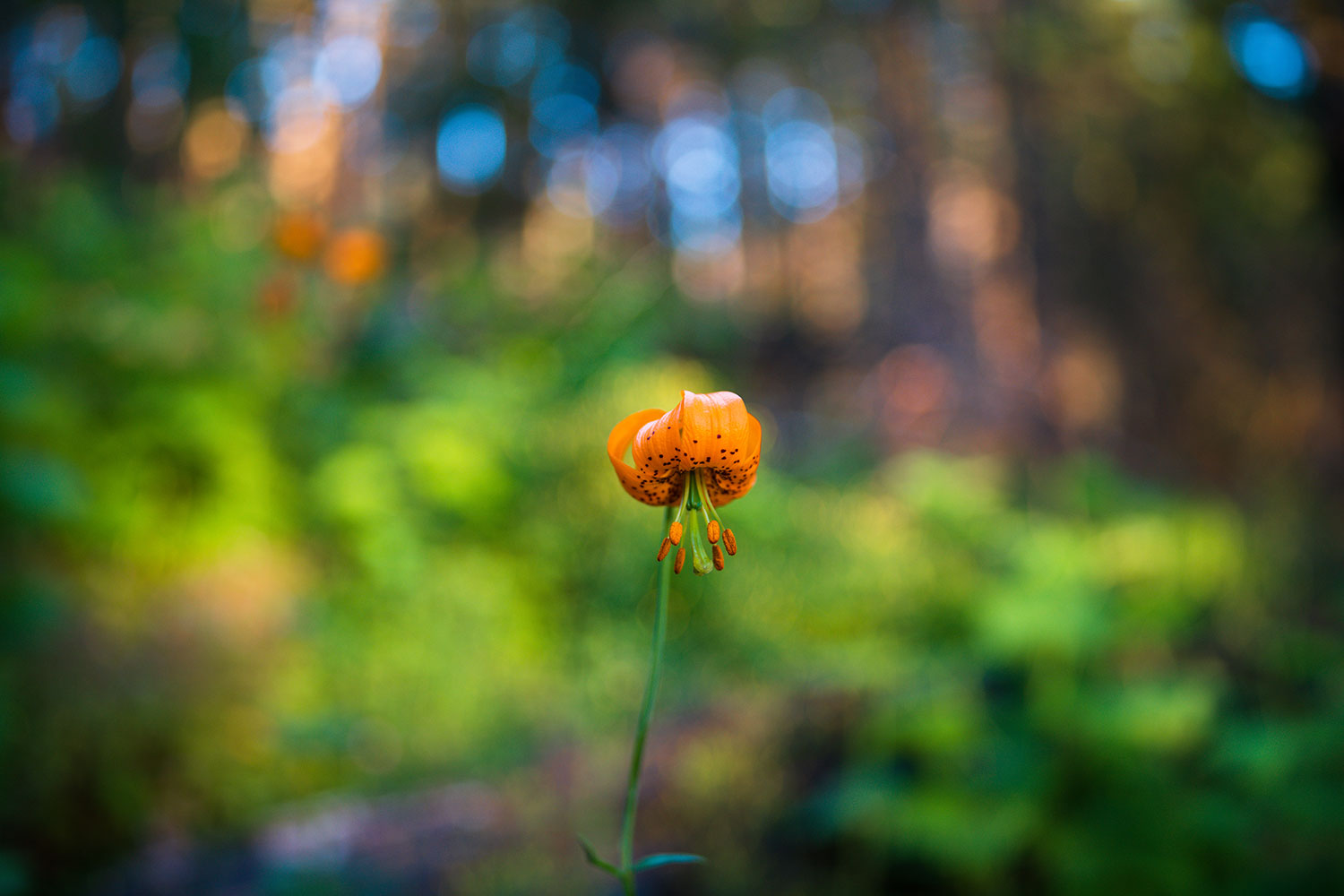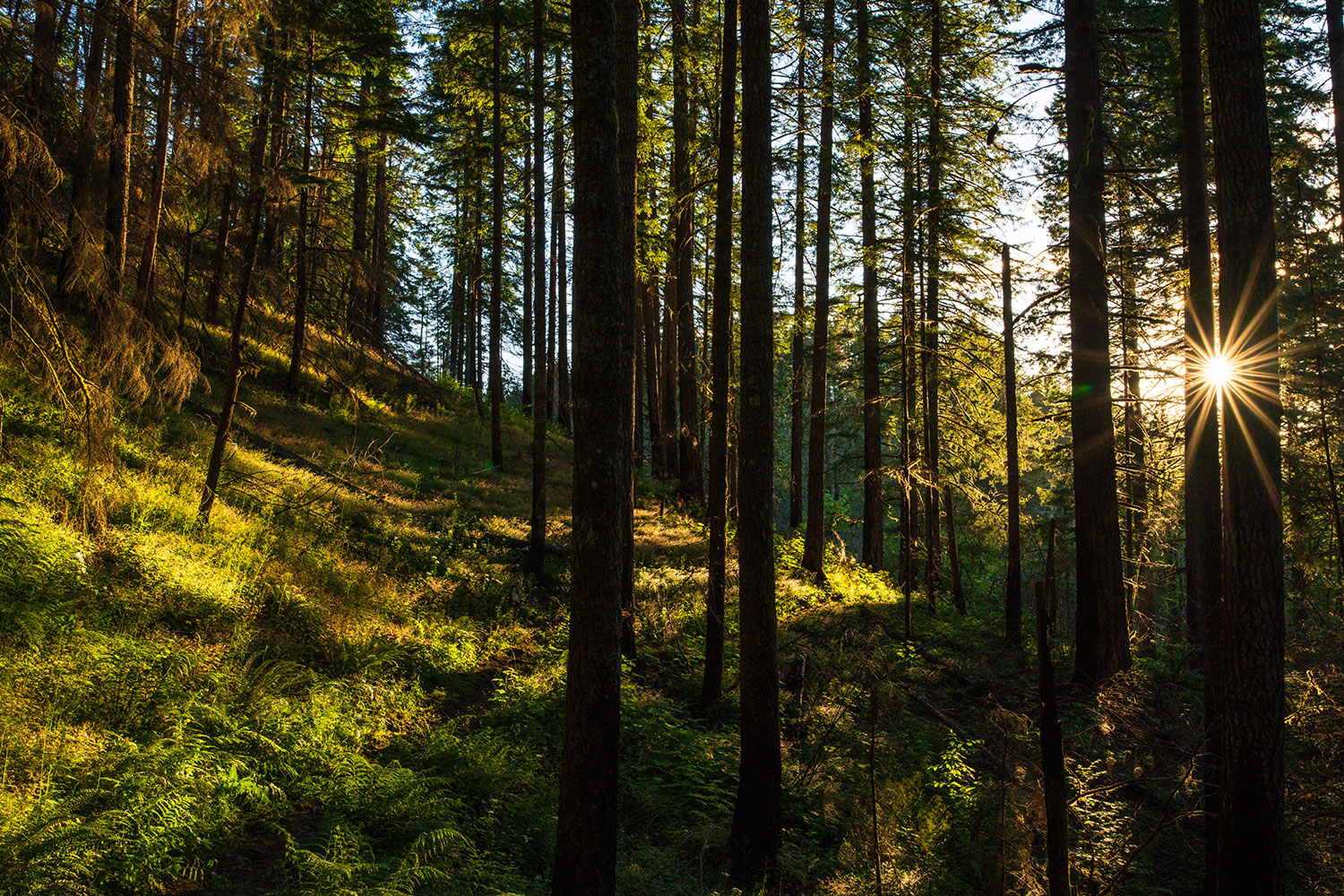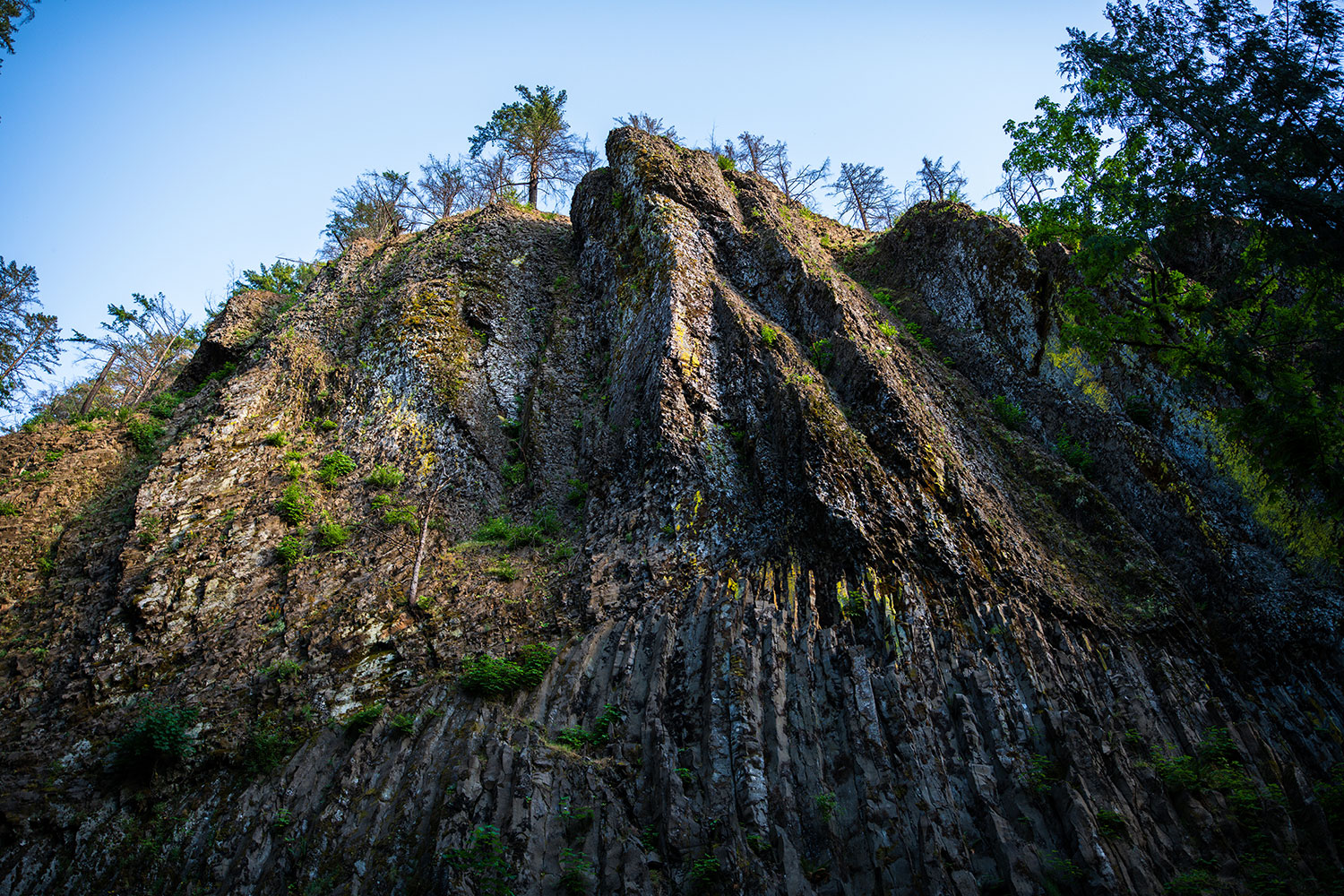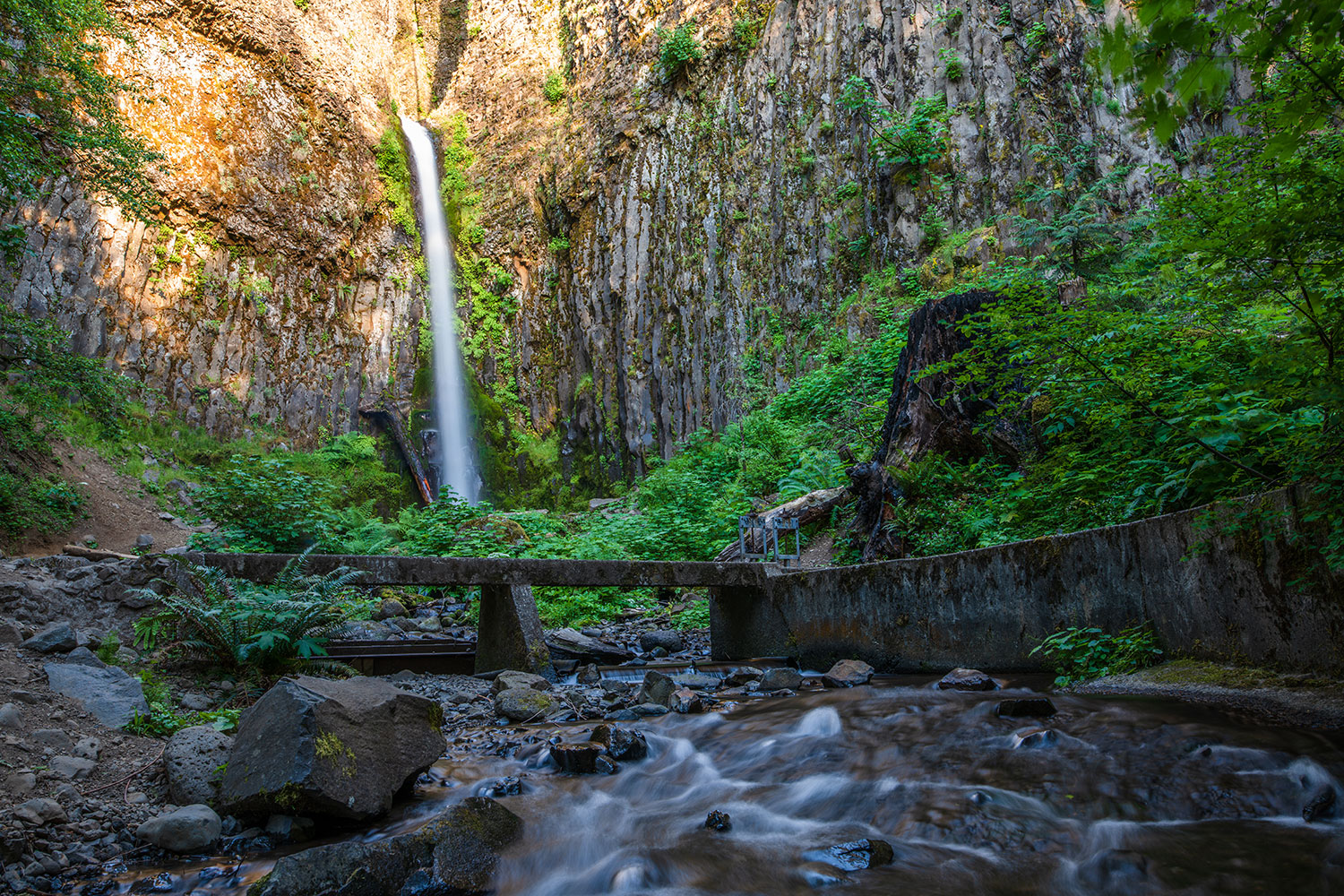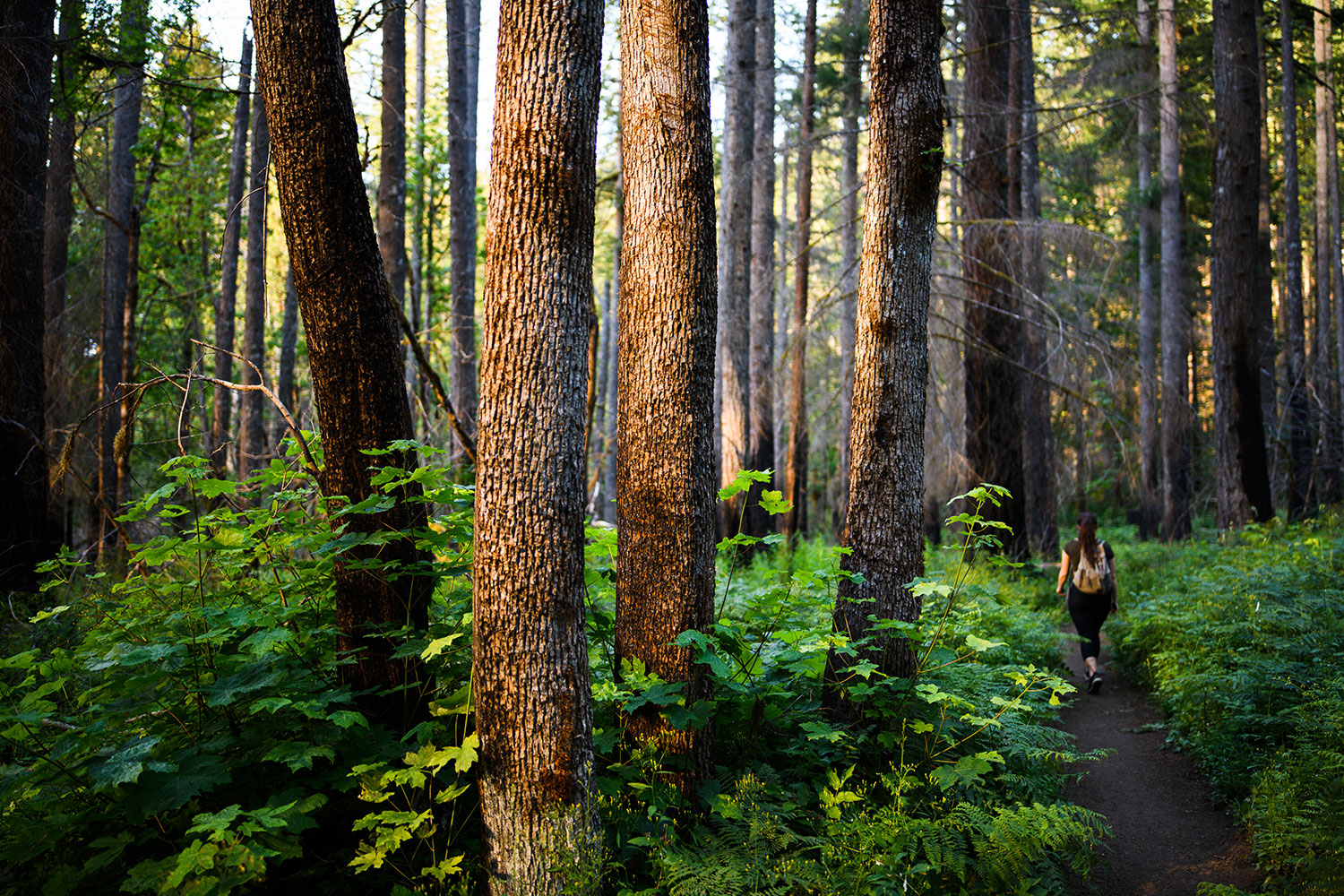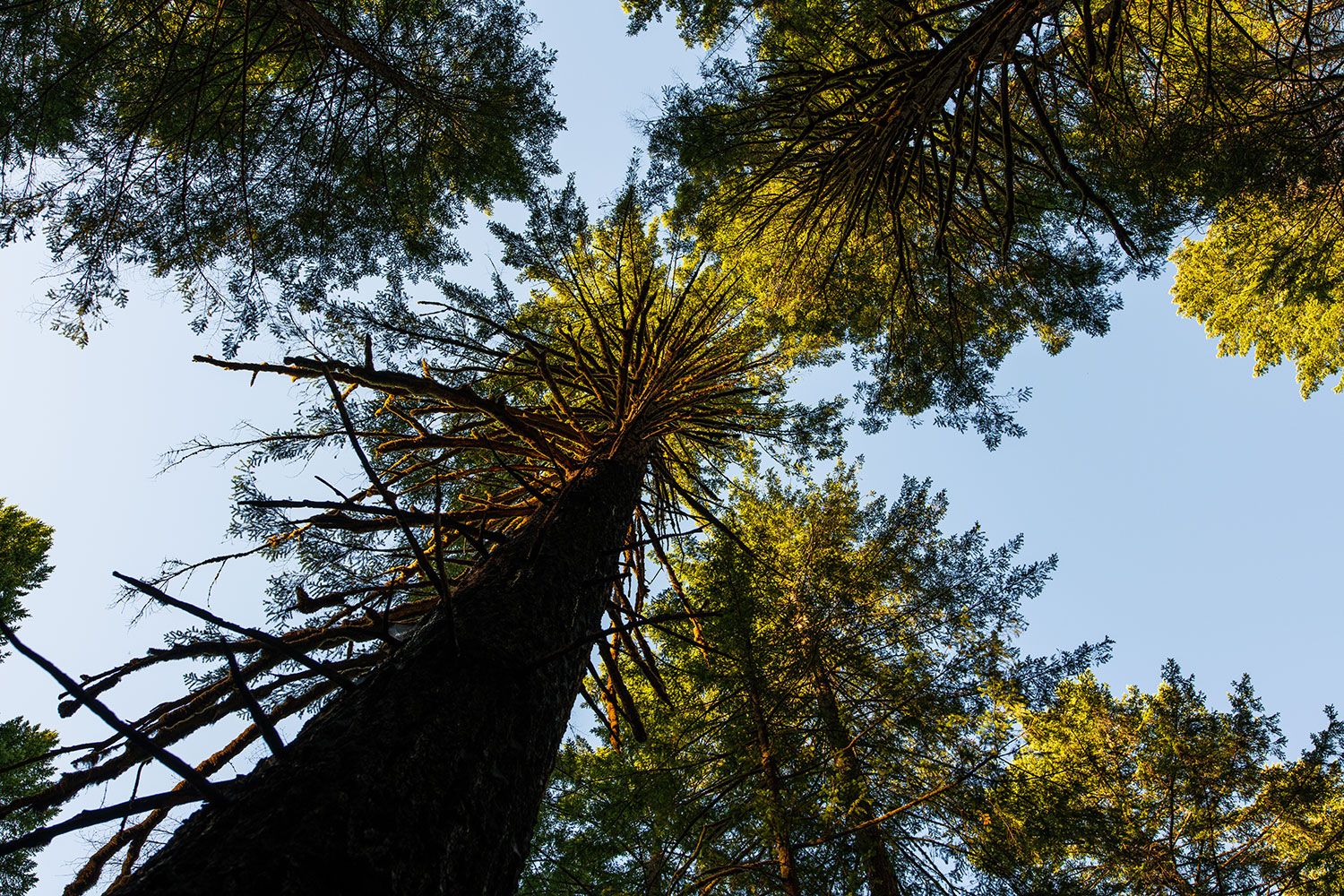- Fast autofocus
- Sharp, even at f/1.4
- Minimal distortion
- Beautiful bokeh
- Weather-sealed design
- Some chromatic aberration
- Heavy vignette won't be to everyone's liking
- More expensive than 24, 35mm Art lenses
The smell of saltwater wafted over the open deck of the ferry carrying me across the Salish Sea. It was an overcast morning, the light was dim and moody, especially as it filtered through the open windows of the boat. I was on my way to photograph landscapes on San Juan Island, but the pictures I ended up taking on the ferry would become some of my favorites of the trip, thanks to two lenses seemingly purpose-built for the setting.
Vying for space in my Wandrd Prvke camera bag were Sigma’s newest full-frame Art lenses, one mounted to a Nikon D850, the other a Canon 5D Mark IV. These were big lenses on big cameras, and as review units for both were not available in the same mount, carrying two camera bodies was a necessity. The Nikon was fitted with the 28mm F1.4 Art, a fast, wide-but-not-too-wide prime lens that offers a versatile focal length for everything from landscapes to environmental portraits.
The Canon held the 40mm F1.4 Art, a focal length that sits somewhat awkwardly between the more standard 35mm and 50mm. It seems Sigma is trying to hit every possible focal length with its Art series. There are now six prime lenses — all with fast f/1.4 apertures — just in the 20 to 50mm range (and many more outside of it).
Sigma also continues to move ever higher-end territory. The first Art prime, the 35mm, launched at $900 and can now be picked up for as low as $650. It’s a relative bargain. Both the 28mm and 40mm, however, cost $1,399. The 40mm will receive its own review shortly, but for now let’s focus on the 28mm. Due to the cost, it won’t be for everyone – but it’s my new favorite wide-angle prime.
Quality and character
Sigma’s Art lenses have always been technically excellent — some are almost too good — and the 28mm is no exception. It’s sharp, with only minor barrel distortion. You’ll want to do digital correction if you need a perfectly flat horizon, but that’s an easy fix. Chromatic aberration is minimal, though I did notice it in the form of purple and green fringing at the periphery of the image or in defocused areas when shooting at wider apertures. It’s certainly not prevalent in every scene, but you’ll see it on high-contrast edges, such as dark tree branches against a bright sky or white flower petals against a dark forest floor. It doesn’t completely disappear at small apertures, either, although it’s reduced and much easier to correct.
Still, performance is great overall. That’s thanks to an advanced optical design composed of 17 elements in 12 groups. It’s a lot of glass, and an additional 5 elements over the 35mm Art — so price difference starts to make sense. The lens also weighs nearly 2 pounds, which is the price you pay for high-quality optics. Sigma says it tests every single lens before it leaves the factory to ensure it meets standards.
In the age of Instagram, where photos are often viewed at no more than 1,080 pixels wide, what matters most in a lens is not sharpness, or any other empirical measurement of image quality, but character. Character is a loosely defined term that can mean different things to different people. And I love what I get from the 28mm Art.
Sigma has transitioned from a budget buy to premium brand.
With most lenses, I usually find the sweet spot to be a stop or two down from the maximum aperture. That’s not the case with the 28mm. This is a lens you will want to shoot wide open as much as you can, though that has nothing to do with technical image quality.
At f/1.4, there is significant vignetting that can make subjects near the center of the frame appear to “glow” in relation to the darker corners. By Sigma’s own admission in its published vignette measurements, relative illumination drops to just 20% near the edge of the frame. That is, from a technical standpoint, not good. Yet it’s a beautiful look for portraits and can also add a moodiness to landscapes. You can, of course, remove this in post, or just stop down to f/2.8 and the lens clears itself up.

The way focus drops off past the depth of field is also pleasing. It looks “natural,” similar to what I’ve seen with the Olympus 17mm F1.2 Pro, only even more so thanks to the greater depth of field control of the full-frame format. The aperture uses nine rounded blades to maintain circular bokeh even when stopped down, and the entire background has a slight twist to it that wraps around the subject. Together with the strong vignette, this draws your eye to the center of the frame. Yes, it somewhat limits your composition choices — place your subject too far off-center, and they’ll fade into the vignette — but the look is stunning for the right subjects and scenes.
The best Sigma autofocus yet
One of the reasons I prefer to shoot stopped down rather than wide open, particularly with third-party lenses, is that autofocus just isn’t reliable at wide apertures where the depth of field is so shallow. But the 28mm Art performed well. Mounted to the Nikon D850 — which, granted, has one of the best DSLR autofocus systems around — it was accurate almost 100% of the time, even in low light. There was never an issue with front- or back-focusing like I’ve seen on other Sigma lenses.
The speed of the autofocus is worth pointing out. This lens uses the latest version of Sigma’s Hyper Sonic Motor (HSM), which now has an updated algorithm for faster performance. While quiet, the motor has so much torque that you can sometimes feel it through the camera body. Where some lenses slide into focus, this one jumps. I never noticed it hunting for focus, although it will slow down as available light decreases, as will any lens.
Because I shot them side-by-side, I noticed the 40mm Art was slower to focus. But I was shooting it on a different camera, so I can’t say for sure whether the lens or the camera was at fault. As for the 28mm, though, I can say it performs at least as well as first-party lenses on a Nikon DSLR, and that’s quite an achievement.
Autofocus performs at least as well as first-party lenses on a Nikon DSLR, and that’s quite an achievement.
That’s not to say you will have perfect results every time. At f/1.4, you’re dealing with a shallow enough depth of field that the subject may drift slightly out of focus due to its, or the camera’s, movement. I would also like to see how well this lens performs on a Sony mirrorless camera with Eye AF, which I imagine would make it even more accurate for portraits than using a manually selected point in a DSLR focus system.
Our Take
The Sigma 28mm F1.4 Art is interesting in that, unlike the 105mm F1.4 Art, it isn’t trying to be perfect. Instead, Sigma allowed it to vignette wide open like we would expect from a wide-angle, wide-aperture lens. I think that was a good decision, although I’m sure some photographers would disagree.
But if you don’t like vignetting, at least it’s easy to correct in post. The chromatic aberration is a larger problem because it’s more difficult to correct. Still, in most scenes, it won’t be a problem. You could use a smaller aperture when photographing subjects with high-contrast edges to help keep it under control.
While not perfect, this is the best wide-angle prime I have used in recent memory, perhaps ever. The autofocus is quick and images are sharp where they should be, and beautifully soft where they shouldn’t be. It’s a classic focal length mated with a fast aperture that together make for a flexible lens that’s well suited for many tasks. It is available in Canon EF, Nikon F, and Sony E mounts, plus a Panasonic/Leica L-mount version will arrive later.
Are there better alternatives?
At $1,400, it’s hard to call the Sigma 28mm F1.4 Art a budget option, but it’s cheaper than theNikon AF-S 28mm f/1.4E at an MSRP of $2,000 (often on sale for around $1,800). It is also less than the other multi-mount 28mm f/1.4 on the market, the $4,990 Zeiss Otus.
However, if a wide angle with a fast aperture is what you’re after, you should also look at the Sigma 24mm F1.4 Art. This is an older lens that isn’t built with the latest tech Sigma has to offer, but it’s been well received by reviewers and customers alike. Oh, and it’s $849. I prefer the 28mm focal length as I find it to be slightly better for environmental portraiture, but 24mm might be better for landscapes, interiors, or architecture.
How long will it last?
Like other lenses in the series, the 28mm F1.4 Art is weather-sealed and well-made. It should hold up to years of professional use and will likely outlive whatever camera on which it’s mounted.
Should you buy it?
Yes, if you can afford it. This is one of the best wide-angle lenses I have used.






